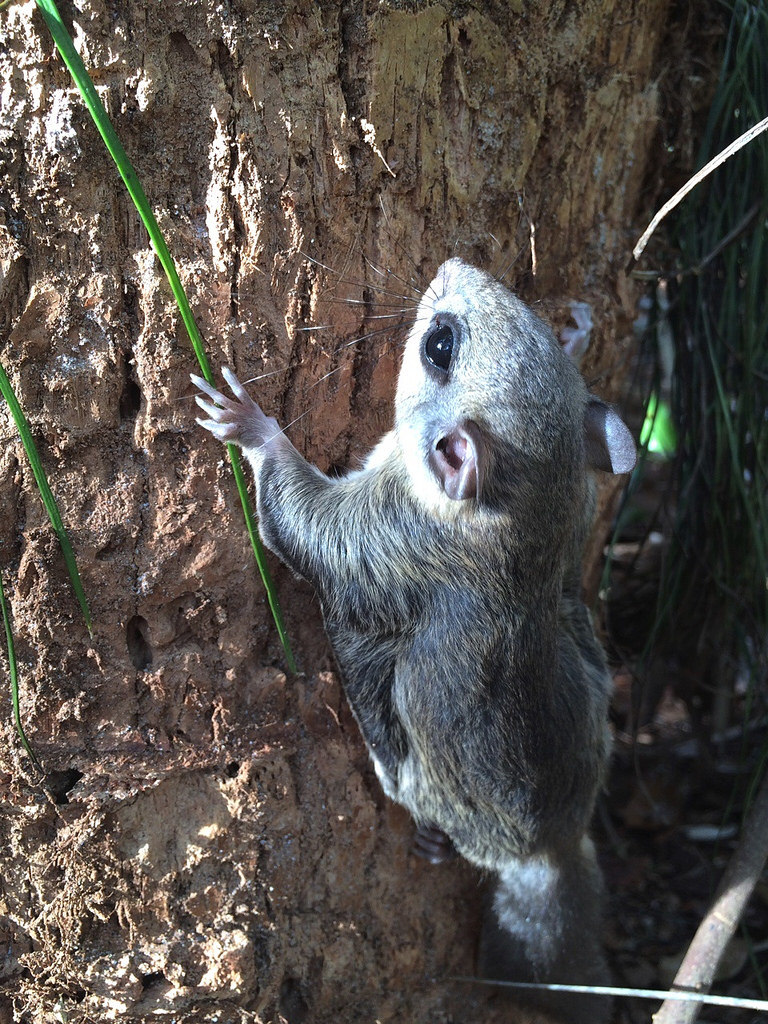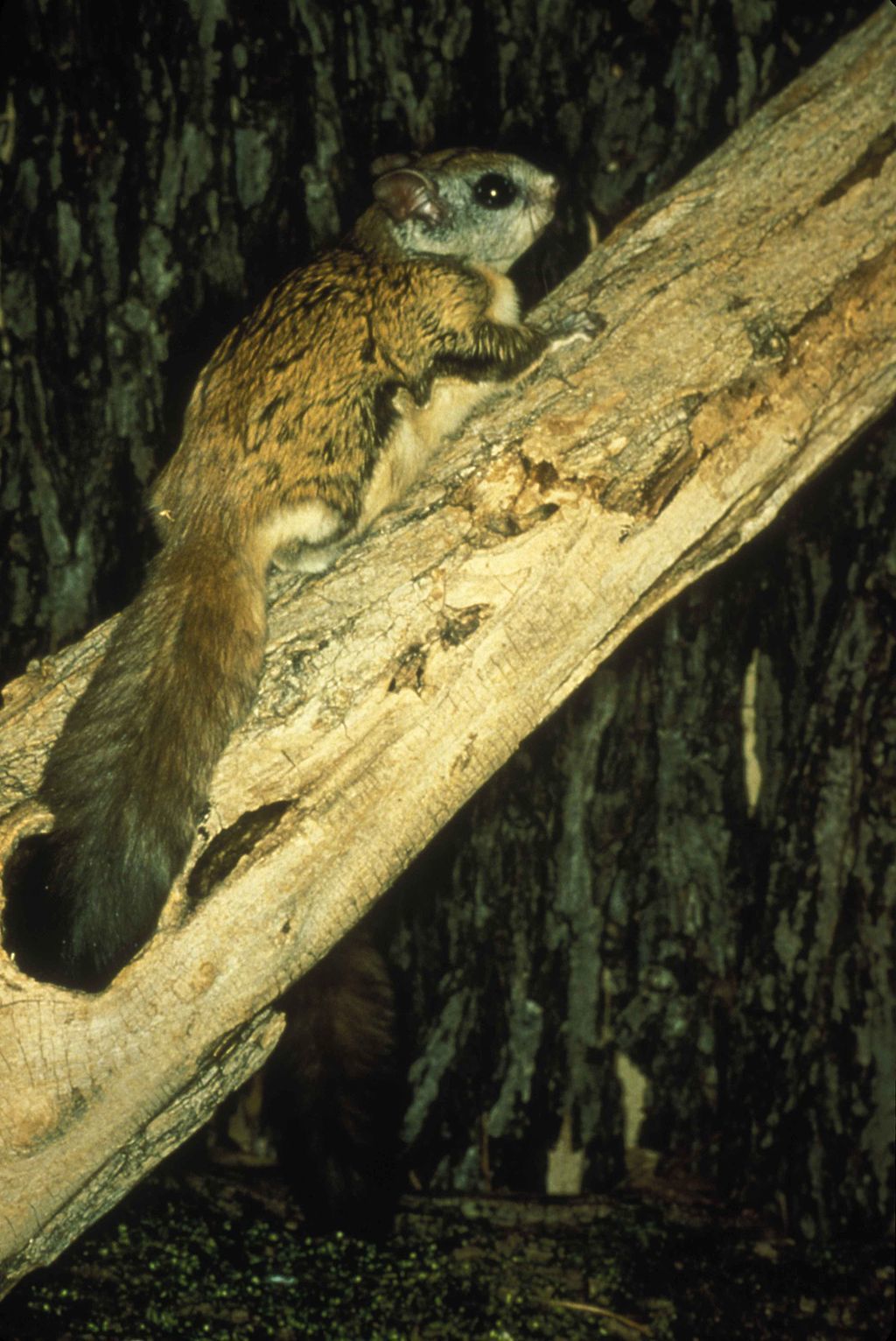Through our reforestation program, we plant millions of trees where they are needed most on our National Forests across the U.S. In some areas, we’re replanting forests affected by severe wildfire, and in others, forests impacted by tree-killing diseases. Since 2011, we’ve planted thousands of seedlings on National Forests in the central and southern Appalachian Mountains. This includes red spruce, northern red oak, table mountain pine, and American chestnut, and a variety of species to help restore forests damaged by surface mining and other activities.
Our reforestation work on Appalachian National Forests helps wildlife like the northern flying squirrel and its subspecies: the endangered Carolina northern flying squirrel and West Virginia northern flying squirrel. These nocturnal flying squirrels soar among the trees of high elevation forests, though they don’t actually fly. Instead, they glide by unfurling their furred-skin folds into a square and using their tail as a rudder.

Marya Buhler
Flying squirrels den in live and dead hardwood trees and forage on a variety of foods, including seeds, nuts, insects, lichen, and - their favorite - fungi, which they help spread by dispersing mycorrhizal spores. Since mycorrhizal fungi helps trees grow, this mutualistic relationship (learn more here) affirms these flying squirrels as a keystone species, essential to the maintenance of their forest environment.
In these montane cool, wet forests, the squirrel is threatened by climate change and habitat loss and degradation caused by tree-killing insects and diseases. Unlike the still federally listed Carolina northern flying squirrel, the West Virginia northern flying squirrel was removed from federal listing in 2013. Prior to removal, it was listed as endangered for nearly 30 years due to widespread habitat loss. While the squirrel’s numbers are still low, habitat conservation and reforestation supports the species’ recovery.

US FWS
Reforesting the flying squirrels’ habitat will not only improve the health of these forests for the near future, but will also help ensure these forests’ existence for the long-term, so that these incredible night gliders can continue to work their spore-dispersing magic. Reforestation efforts also help restore impaired watersheds and improve habitat for other unique wildlife, such as the tiny saw-whet owl and the largest salamander in North America, the Eastern hellbender.
Replanting National Forests is one step we can all take to ensure our forests continue to provide for wildlife. Join our reforestation efforts on National Forests and plant trees for wildlife today.
Looking for another way to help our forests? Start your own tree-planting fundraiser and ask your friends and family to support public lands reforestation!
This blog is the fourth part of a four part series, Our Forests Their Home, highlighting just a few examples of the many ways National Forest reforestation supports wildlife. Read the first article here.

